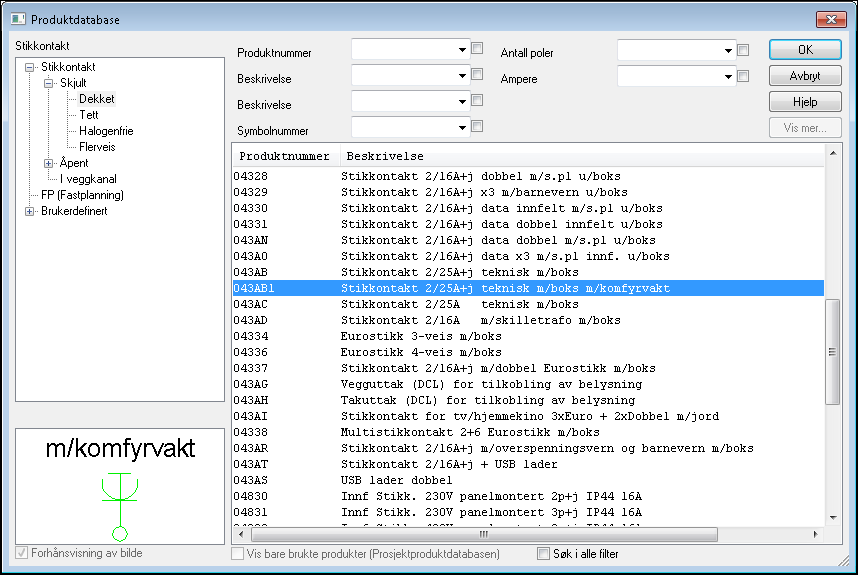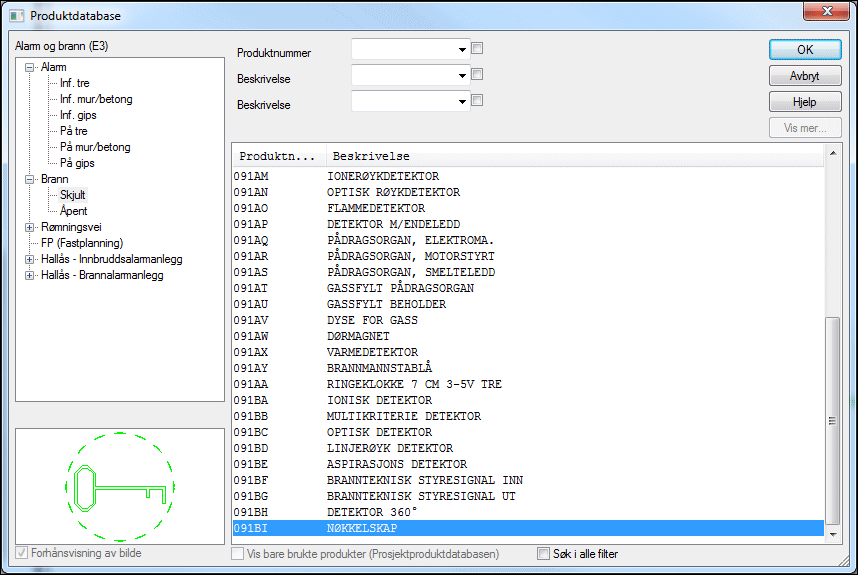MonitoringStandards monitoring is a free service designed for you who wish to be alerted of changes to or new editions of the standards required in your work. The moment new editions of the standards you monitor are released, changes are made, or appendixes are published, you will be alerted by email.
This ensures that you are always up-to-date and saves you both time and money.You need to log in before adding standards to the monitoring service. This service is not available if you are a URL user (where you do not log in with an email address). If you need to be able to add standards to the monitoring service, you must register as a user with your own username and password.
A red symbolizes 'stop' even without the word.A symbol is a mark, sign or word that indicates, signifies, or is understood as representing an,. Symbols allow people to go beyond what is or seen by creating linkages between otherwise very different concepts and experiences. All communication (and data processing) is achieved through the use of symbols.
Symbols take the form of words, sounds, gestures, ideas or visual images and are used to convey other ideas and beliefs. For example, a red octagon may be a symbol for 'STOP'. On a map, a blue line might represent a river.
Are symbols for. Letters may be symbols for sounds. Personal names are symbols representing individuals. A red rose may symbolize love and compassion. The 'x', in a mathematical equation, may symbolize the position of a particle in space.In, an organized collection of symbols forms a for a map. This section possibly contains. Please by the claims made and adding.
Statements consisting only of original research should be removed. ( January 2010) A symbol's may be modified by various factors including popular usage, and contextual.Historical meaning The history of a symbol is one of many factors in determining a particular symbol's apparent meaning. Consequently, symbols with emotive power carry problems analogous to.


Context The context of a symbol may change its meaning. Similar five-pointed stars might signify a officer or a member of the, depending upon the.Symbols in cartography. The three categories of cartographic symbol shapesSymbols are used in cartography to communicate geographical information (generally as point, line, or area features).
As with other symbols, visual variables such as size, shape, orientation, texture, and pattern provide meaning to the symbol. According to, map symbols are 'read' by map users when they make a connection between the graphic mark on the map (the sign), a general concept (the interpretant), and a particular feature of the real world (the referent). Map symbols can thus be categorized by how they suggest this connection:. Pictorial Symbols (also 'Image', 'Iconic', or 'Replicative') appear as the real-world feature, although it is often in a generalized manner; e.g. A tree icon to represent a forest, or green denoting vegetation.
Functional Symbols (also 'Representational') directly represent the activity that takes place at the represented feature; e.g. A picture of a skier to represent a ski resort or a tent to represent a campground. Conceptual Symbols directly represent a concept related to the represented feature; e.g. A dollar sign to represent an ATM, or a to represent a Jewish synagogue. Conventional Symbols (also 'Associative') do not have any intuitive relationship but are so commonly used that map readers eventually learn to recognize them; e.g. A red line to represent a highway or a cross to represent a hospital.
Abstract/Geometric Symbols (also 'Ad Hoc') are arbitrary shapes chosen by the cartographer to represent a certain feature.Related terms. See also:A symbolic action is an action that has no, or little, practical effect but symbolizes, or signals, what the actor wants or believes. The action conveys meaning to the viewers. Symbolic action may overlap with, such as the use of to express hostility or saluting the flag to express patriotism. In response to intense public criticism, businesses, organizations, and governments may take symbolic actions rather than, or in addition to, directly addressing the identified problems. See also.
^ Womack, Mari. Symbols and Meaning: A Concise Introduction. California: AltaMira Press, 2005. Langer, Susanne K. A Theory of Art, Developed From: Philosophy in a New Key. New York: Charles Scribner’s Sons, 1953.
Palczewski, Catherine, and Ice, Richard, and Fritch, John. Rhetoric in Civic Life.
Pennsylvania: Strata Publishing, Inc., 2012. Campbell, Joseph (2002). Flight of the Wild Gander:- The Symbol without Meaning. California: New World Library. P. 143. Campbell, The Symbol without Meaning p153.
Campbell, Heinrich Zimmer; edited by Joseph (1969). Philosophies of India (9. Paperback print. Princeton: Princeton Univ. Pp. 1–2. Dorling Kindersley Limited.
Signs and Symbols. 2008.
Christ, A symbol of the self CW vol 9i Aion RKP 1958. Jean Dalby Clift, Core Images of the Self: A Symbolic Approach to Healing and Wholeness. Crossroad, 1992.
Elektroinstallasjon Symboler Path
^ Schnackenberg, Andrew K.; Bundy, Jonathan; Coen, Corinne; Westphal, James. 'Capitalizing on Categories of Social Construction: A Review and Integration of Organizational Research on Symbolic Management Strategies'. Annals.
Tillich, Paul (1964). Theology of Culture. Oxford University Press. P. 58. Tillich, Paul (1964). Theology of Culture. Oxford University Press.
P. 59. Tillich, Paul (1964). Theology of Culture. Oxford University Press. P. 54.Compare:Basso, Michele (1982). Tipografia Poliglotta Vaticana.
Elektroinstallasjon Symboler Pages
Retrieved 2019-01-05. In a late period the Greeks made Pan the incarnation of All (giving a false etymology to his name, which is really connected with the pastures), that is to say, the universe.
Tyner, Judith A. Principles of map design. New York: Guilford Press. Dent, Borden D.; Torguson, Jeffrey; Hodler, T. Cartography: thematic map design (6th ed.). New York: McGraw-Hill Higher Education. MacEachren, Alan (1995) How Maps Work: Representation, visualization, and design, New York: Guilford Press.
Dent, Borden D. Cartography: thematic map design (5th ed.). New York: McGraw-Hill Higher Education. Bagossy, Renate. GRIN Verlag; 2008-08-11 cited 5 November 2012.
16–17. Bednar, Michael Kay. ProQuest; 2008.
17.External links Look up in Wiktionary, the free dictionary.Wikiquote has quotations related to:Wikimedia Commons has media related to.